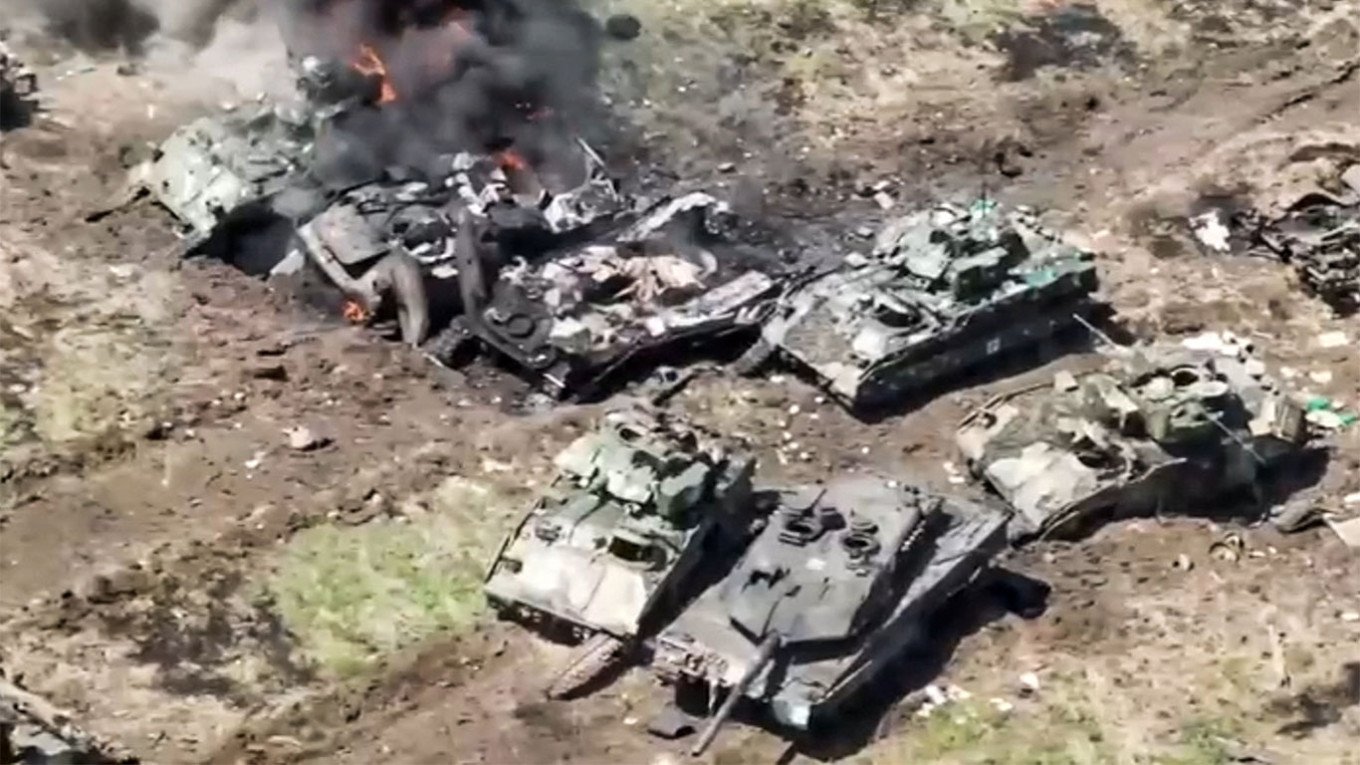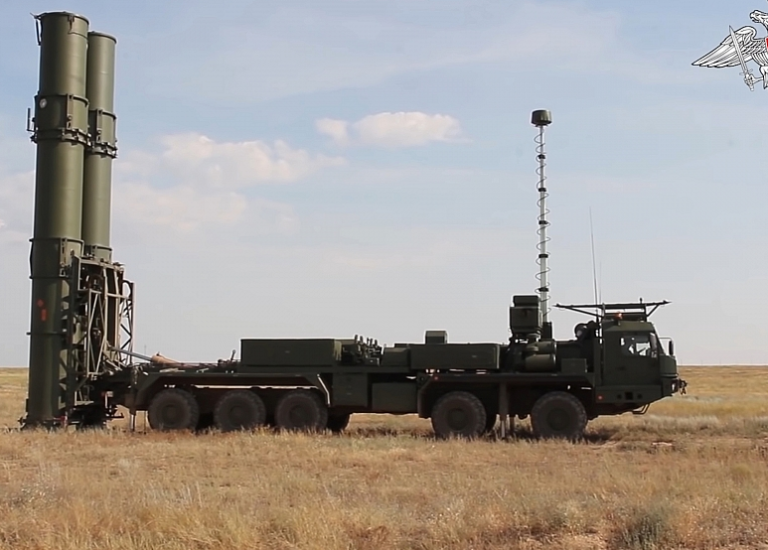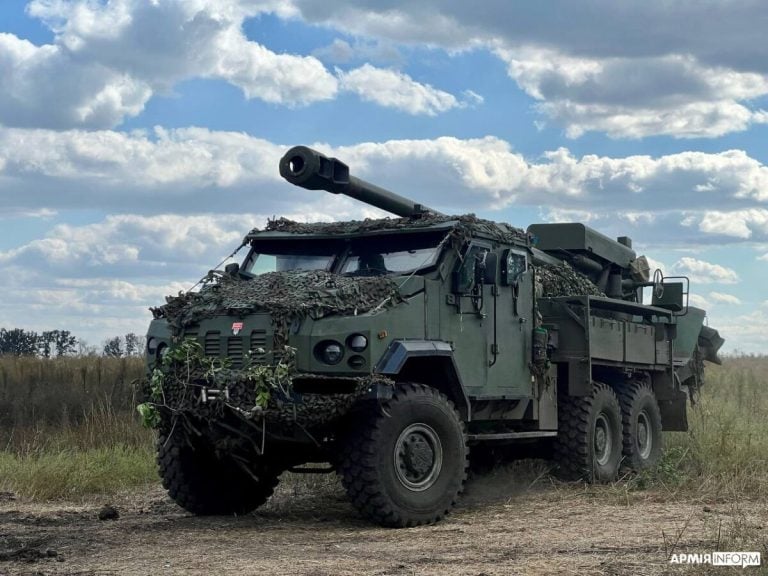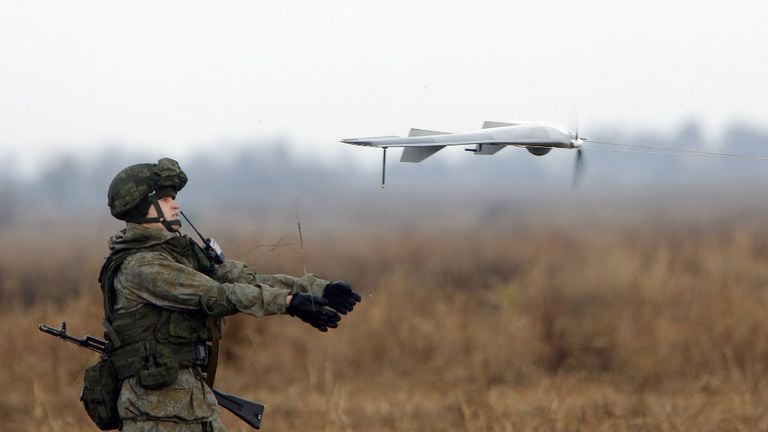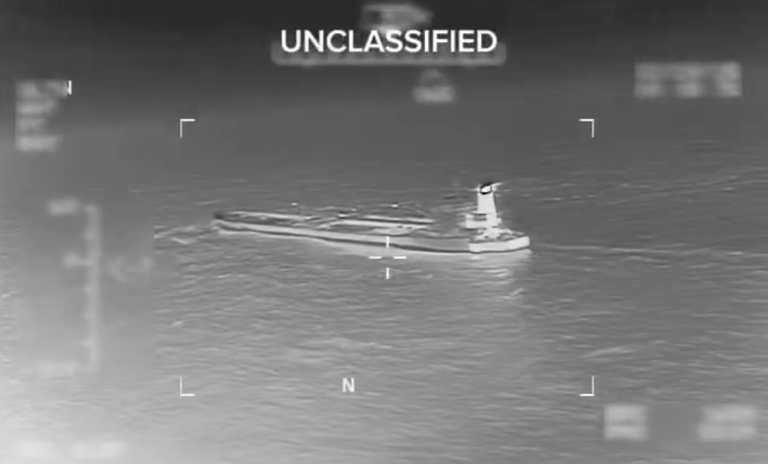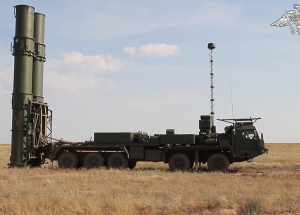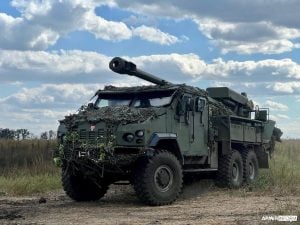An image circulating on social media platforms has drawn attention due to its depiction of an M2 Bradley infantry fighting vehicle modified with a Soviet-made 2A72 30-millimeter cannon, replacing the original Bushmaster M242 25-millimeter gun. This vehicle, which is reported to be in commendable condition, is believed to be part of the Ukrainian Armed Forces and was captured by Russian forces.
The purpose of the 2A72’s installation remains uncertain, raising questions about whether it will be utilized in combat, for military testing, or for other functions. This modification reflects a growing trend of unconventional alterations made to armored vehicles during Russia’s ongoing invasion of Ukraine, which has now entered its third year.
Details regarding the photo’s origin and location are sparse. However, speculations suggest that the modified Bradley may be parked at a military depot alongside other tactical vehicles. Currently, Ukraine operates more than 300 Bradleys, all supplied by the United States as part of its military aid in response to Russian aggression. Reports from last June indicated that Ukraine had lost over 170 of these vehicles during the conflict, with some captured by Russian forces.
In a noteworthy social media post, commentators raised doubts about the feasibility of Russian forces utilizing the Bradley without compatible ammunition. The response highlighted the adaptation process, noting that “Russian repairmen installed a domestic 30mm 2A72 cannon on a captured Bradley instead of the chain-driven Bushmaster.”
The 2A72 cannon, developed in the 1970s by the defense company Tulamashzavod, is a lighter variant of the Shipunov 2A42 cannon, historically mounted on various Cold War-era ground and airborne combat platforms. The weapon system remains operational in several modern Russian vehicles, helicopters, and naval systems, and has found adoption in Ukraine, NATO nations, and even the Chinese military.
The specifications for the 2A42 variant indicate that it measures approximately 3 meters in length and weighs around 105 kilograms, depending on its configuration. It boasts a firing rate of up to 330 rounds per minute, a muzzle velocity of 900 meters per second, and an effective range of 2,500 meters.
As developments continue to unfold in the region, the implications of such modifications on the battlefield remain a focal point for analysts and military observers.
